
Wildlife Photographer Captures Ultra-Rare All-Black Penguin
A wildlife photographer has captured an ultra-rare photograph of an all-black penguin.

A wildlife photographer has captured an ultra-rare photograph of an all-black penguin.

Sony has a new flagship camera, the Alpha 1 Mark II. However, while the a1 II brings a lot of improvements, it is not a wholesale revolution compared to its predecessor, which was admittedly way ahead of its time when it launched in early 2021. So, what's new with the a1 II? How is it better?

A mysterious "wolf-coyote-dog" creature, that is yet to be identified, was filmed staring into a trail camera in incredible footage.

Artificial intelligence has been terrorizing the creative industries for the last couple of years leaving many bitter and worried about where it's all heading. But Ben Affleck has a couple of interesting predictions that may assuage fears.
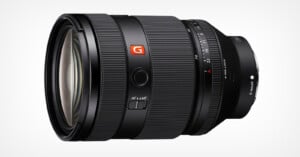
Since its release alongside the EOS R camera in 2018, Canon's RF 28-70mm f/2 L USM has earned a sterling reputation for being a unique constant f/2 standard zoom lens. It is no longer one-of-a-kind thanks to Sony's new FE 28-70mm f/2 G Master lens, Sony's 77th E-mount lens and 56th full-frame optic.
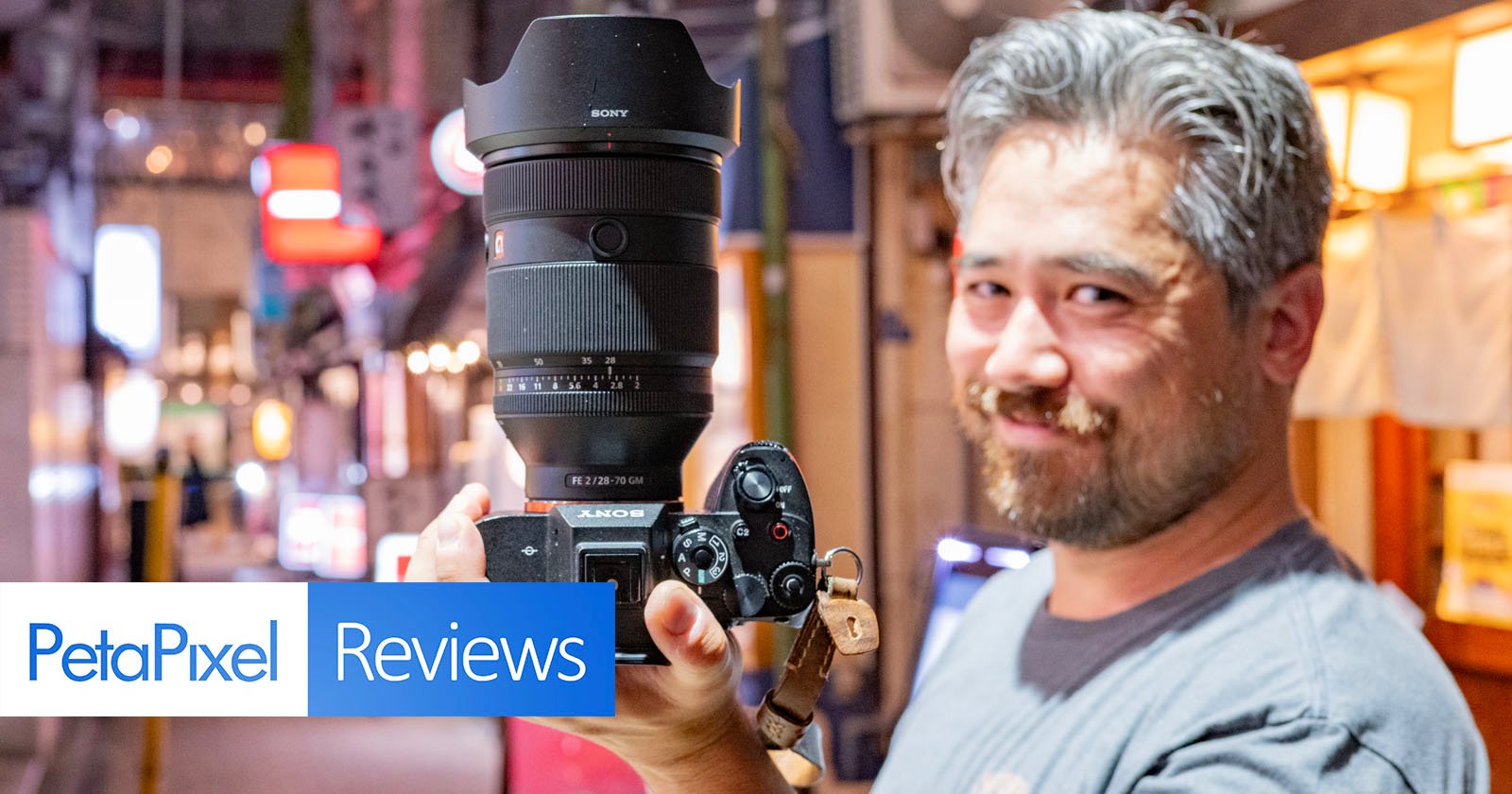
I’m an outlier in the photo world, especially regarding glass. I dislike the 35mm focal length, and as much as I love a good 24mm lens, a 28mm lens is even better. Maybe this is why I immediately gravitated to the quirky Canon RF 28-70mm f/2 zoom when it first came out. Despite its massive form factor, this bulbous gem of a lens quickly became a favorite of mine.
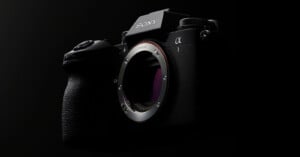
The Sony a1 series has been in a slightly awkward position since the a7R V and a9 III landed, each sporting a new dedicated artificial intelligence processor and improved autofocus features. The a9 III especially brought a lot to the table, including an excellent new design and user experience. Finally, Sony's flagship camera has these new features, bringing much-needed modernization.

The original Sony a1 is one of the most capable, advanced, and expensive flagship cameras ever. When it first came out, it wowed potential buyers with a fast-scanning 50-megapixel sensor without major rolling shutter issues while offering fast burst rates. It has been almost four years since then, and now we have a version II from Sony in our hands. Does the apple fall far enough from the tree to make it worth the $6,500 cost?

An NFL cameraman filmed himself getting taken out by a Buffalo Bills tight end during this weekend's game.

Google Workspace has begun rolling out a text-to-image generator into Google Docs, letting users create an AI image in an online document.

Sigma announced that four of its f/1.4 prime lenses for APS-C cameras -- the 16mm f/1.4, 23mm f1.4, 30mm f/1.4, and 56mm f/1.4 -- will all be available to purchase for Canon RF Mount between December 2024 and January 2025.
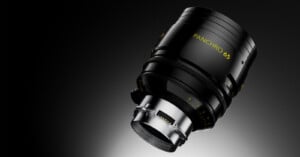
With the newly-announced Panchro 65/i series, Cooke Optics embraces the future of large-format cinematography while staying rooted in its storied past.

DxOMark’s test results for the Sony a9 III are in, and they tell a story of innovation tempered by compromise.

New details have emerged in the saga of the iconic portrait of Winston Churchill that was stolen from a Canadian hotel and replaced with a fake before being recovered in Italy over two years later. It turns out an Italian lawyer paid £4,200 (~$5,300) for it at an auction, believing it to be a cheap copy.
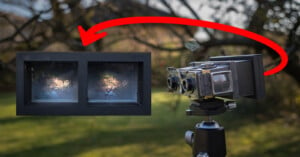
In the dim glow of his workshop, Markus Hofstätter cradled a relic from the past—a 113-year-old 3D camera.

Optics and artificial intelligence have converged to create a new imaging system that could transform photography.

Taking your dog into nature and trying to get some great pictures of him or her is something many photographers have done. But they've probably turned the camera away when it's time for the dog to do their business.

Facebook is making "views" its primary metric for photos, text posts, and videos.

Coca-Cola has controversially remade its iconic Christmas ad featuring Santa and wintry scenes using artificial intelligence video tools.

ProMaster products are designed and developed in the US by a small team of enthusiastic photographers for fellow creatives, storytellers, artists, and adventurers. Each product is thoughtfully designed to be practical, dependable, and enjoyable to use.
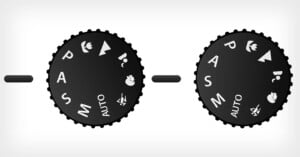
Photography is an art and science deeply rooted in the manipulation of light. From the earliest days of the camera obscura to the digital age, photographers have sought to control exposure—the amount of light that reaches the camera sensor or film—to create compelling images. Central to this control are the variables of aperture, shutter speed, and ISO (no, ISO does not actually change the sensitivity but nevertheless plays an integral role in exposure choices).

Two police officers were charged over allegations that they illegally searched women's phones for nude photos during traffic stops.

A woman has sued her U.S. employer, alleging that the company aimed a hidden camera at her office desk to monitor her work.

An AI-generated video of a polar bear "being rescued" has spread across the internet like wildfire leaving many confused and frustrated.

A Netflix cameraman was kicked by a Dallas Cowboys Cheerleaders during the live broadcast of the Mike Tyson vs Jake Paul boxing match.

Shortly following people rightly taking notice of Insta360's user service agreement and expressing concern and displeasure, the company has adjusted its language.